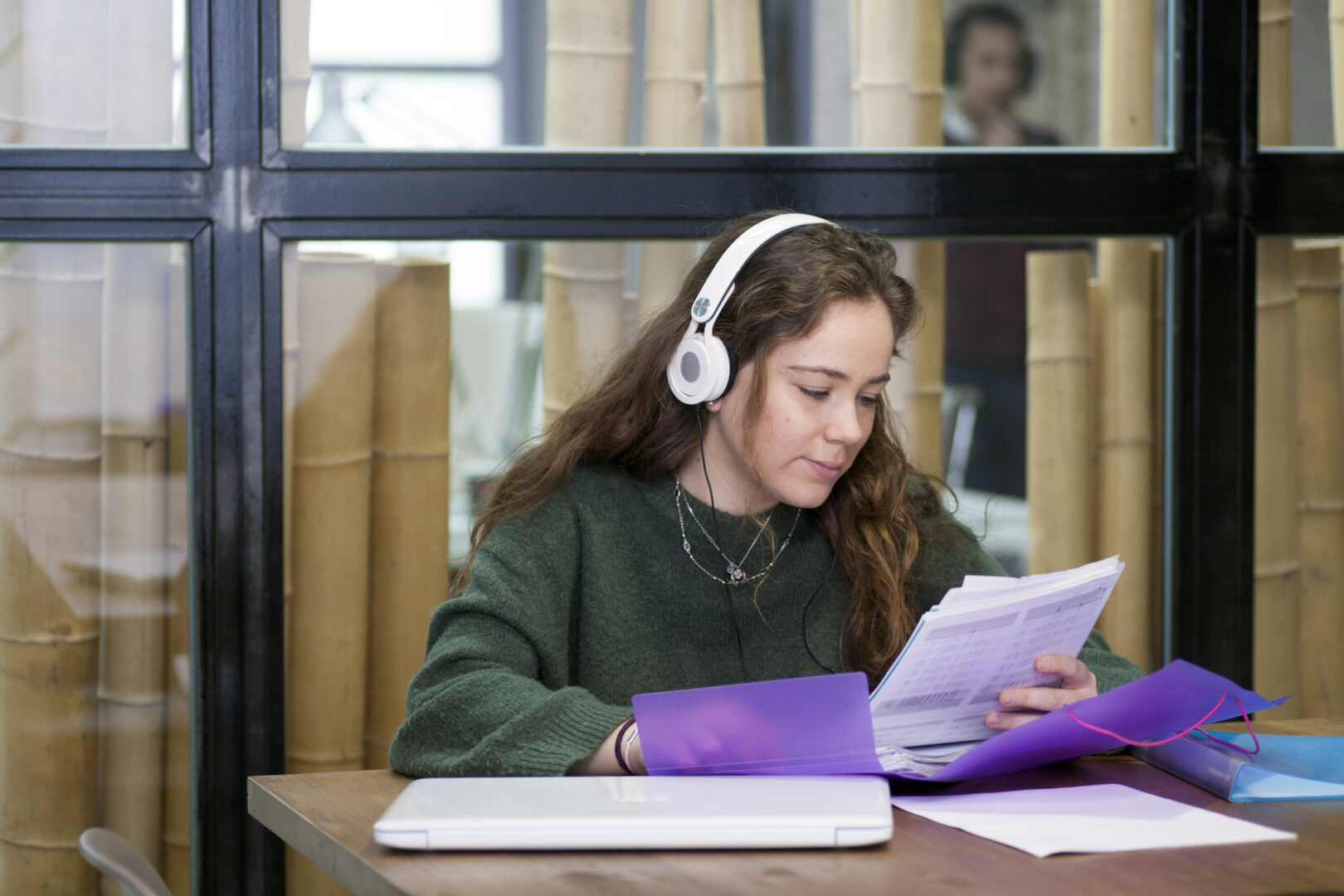Background noise—like the chatter in a coffee shop or raindrops on a window–might help students to study better.
For many students, studying in complete silence can be challenging, leading them to seek alternative methods to enhance their focus and productivity. One approach is listening to music or having background noise while studying.
A recent survey conducted by OnePoll on behalf of CSU Global, an online university, explored the correlation between music and studying. The findings revealed that students who listen to background music while studying achieve higher GPAs and show improved reading comprehension skills.
The Study: Background Music While Studying
The survey involved 2,000 respondents and examined their study habits in relation to music. Approximately half of the participants (49%) reported listening to music regularly while studying, with 60% stating that they found studying more effective with background sound rather than in silence. The study also explored other preferred sounds for studying, including nature sounds (30%), real-life noises (26%), and podcasts (24%).
Dr. Christina Agvent, the program director of teaching and learning at CSU Global, highlighted the availability of various platforms to cater to different study styles and preferences. Whether it’s an instrumental music playlist on Spotify or Apple Music, a calming meditation session on Calm, or rain sounds on YouTube, students can enhance their educational experience.
Impact on Academic Performance
The survey results revealed a positive correlation between listening to background music while studying and academic performance. Those who listened to music were likely to achieve a GPA above 3.2, indicating that music can contribute to higher grades. Plus, students who listened to music reported finding the learning experience more enjoyable (81%) and feeling more prepared for their classes regularly (80%).
Benefits of Background Music While Studying
Listening to background music while studying offers several benefits, according to the survey respondents. Around 80% of participants agreed that music was therapeutic, while 75% believed it helped them absorb information more effectively.
Music listeners were also better at creating notecards and other creative tools to aid memorization. Additionally, students tended to spend more time studying each week, with some dedicating upwards of seven hours to their studies.
Equip your child with strategies for success—read the study skills guide now.
Background Noise and Reading Comprehension
A separate research study by the National Research University Higher School of Economics examined the impact of auditory and visual noise on reading. Surprisingly, the study found that background noise, such as the chatter in a coffee shop, fan noises, or passing traffic, did not significantly affect readers’ ability to comprehend written text.
The study proposed two language processing models to explain these findings. The first, the “noisy channel model,” suggests that the brain compensates for noise by focusing more on the meaning of individual words rather than the entire sentence. The second model, the “good enough model,” suggests that our brains prioritize a “good enough” understanding of the text rather than analyzing every detail.
Dos and Don’ts of Background Music
While background noise while studying can be helpful, the wrong background noise can be a distraction. These tips from Healthline can help students choose the right music:
- Keep the volume low.
- Choose music with unfamiliar lyrics to prevent signing along
- Avoid uptempo, fast songs
- Choose slower, instrumental music
- Select a playlist that is longer than your study session so the playlist ending won’t interrupt you.
Build Stronger Study Skills with GradePower Learning
GradePower Learning is here to help. Our tutoring programs for study skills help students of all ages develop stronger study habits and routines.







